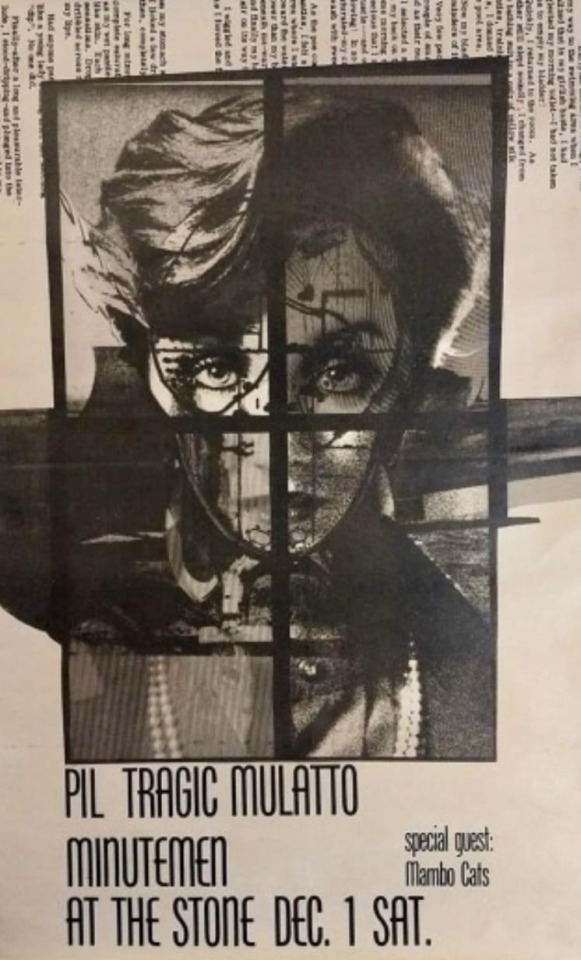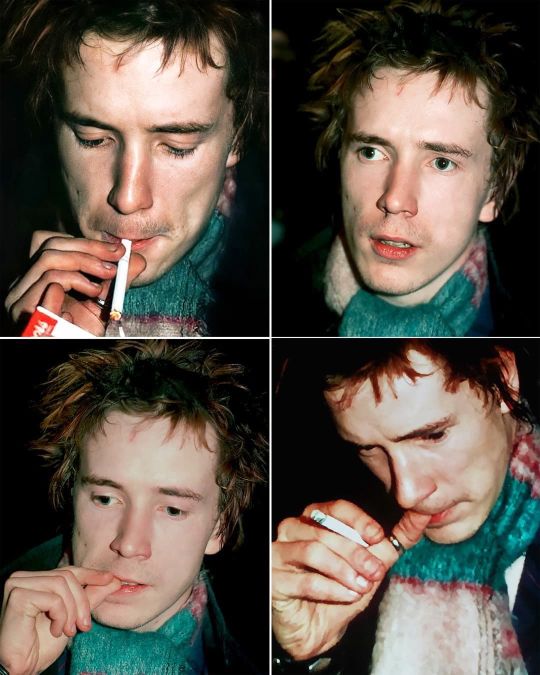#P.I.L
Photo

Fool’s Mate magazine(Japan), 1983
(via Fool's Mate No.29(1983) (2) | Tokyo Dragon Road)
15 notes
·
View notes
Photo
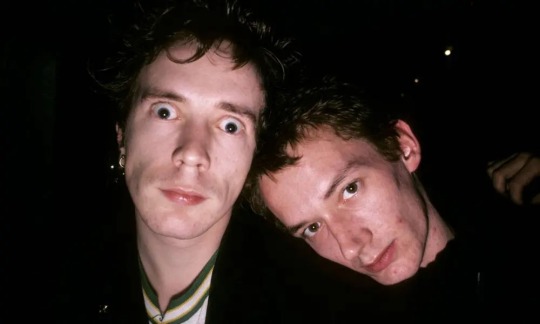
R.I.P
(via クラッシュとPiLの創設メンバー、キース・レヴィンが逝去。功績を辿る)
9 notes
·
View notes
Text
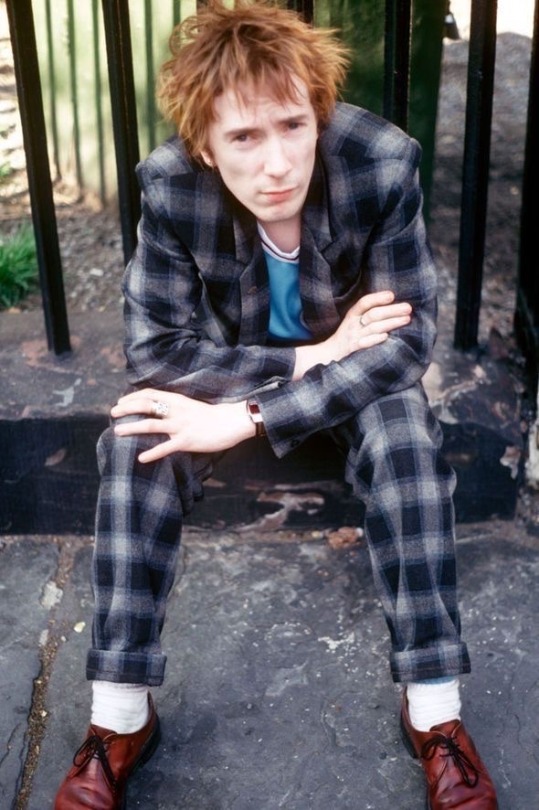
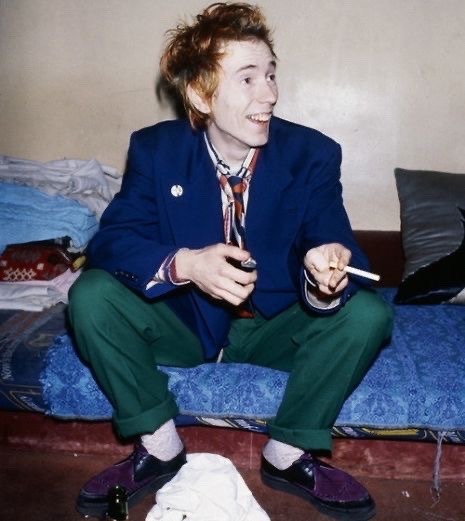
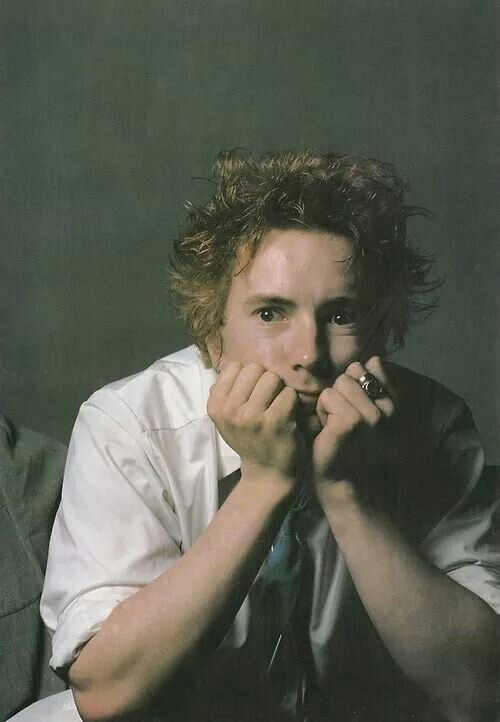
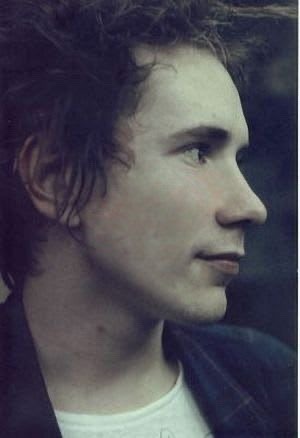

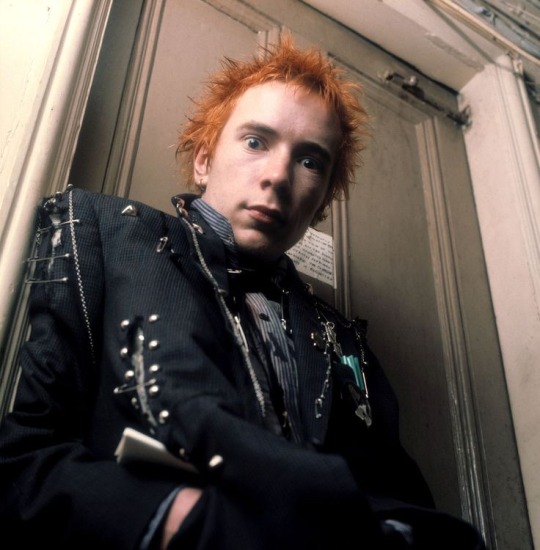
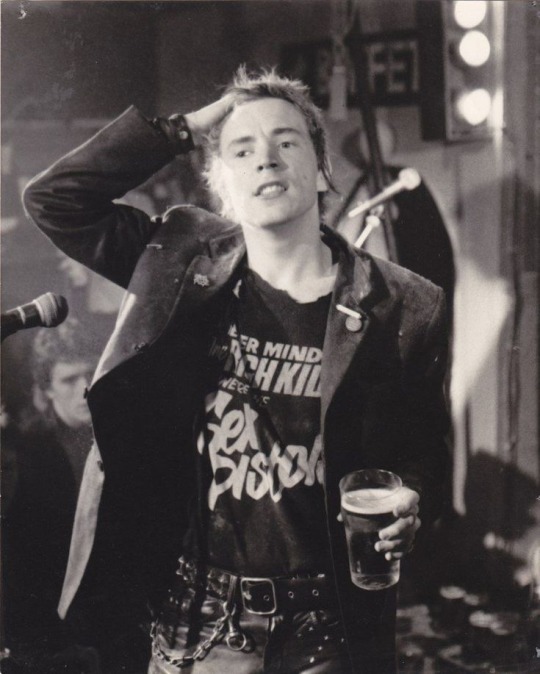
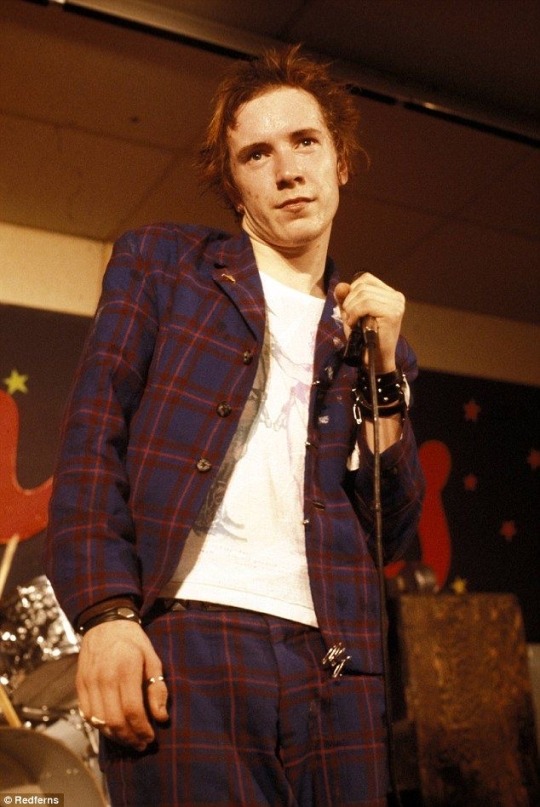
John Lydon ⚡️
12 notes
·
View notes
Text
3 notes
·
View notes
Text
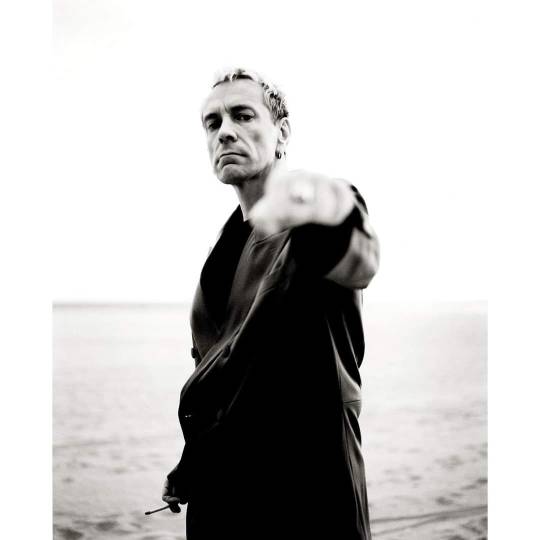
Mr John Lydon - 31/01/1956
#metalcultbrigade#punk rock#punk#ross halfin#johnny rotten#sex pistols#p.i.l.#pil#70's music#70's#john lydon
5 notes
·
View notes
Photo
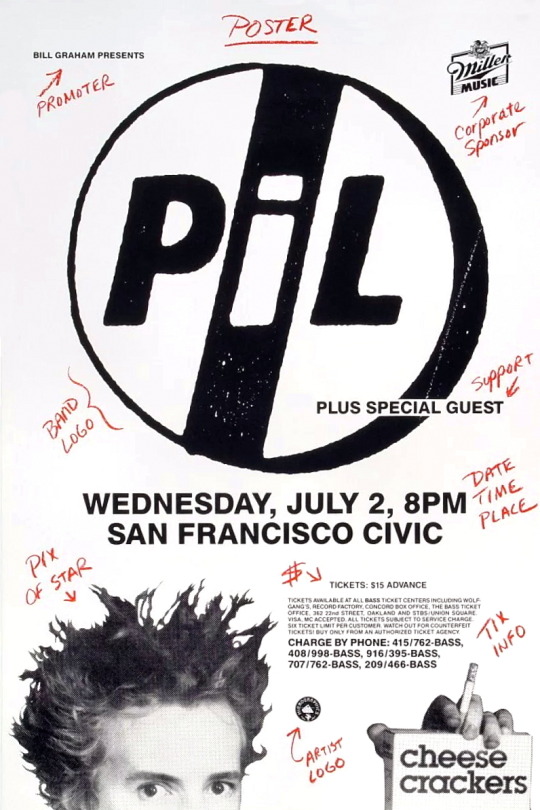
Poster for Public Image Ltd concert, 2 July 1986, San Francisco Civic
25 notes
·
View notes
Video
youtube
Public Image Limited - Public Image
2 notes
·
View notes
Text
youtube
PUBLIC IMAGE LTD-(THIS IS NOT A) LOVE SONG
#PUBLIC IMAGE LTD.#PIL#P.I.L.#POST PUNK#POST-PUNK#ALTERNATIVE MUSIC#1984 ALBUM#THIS IS WHAT YOU WANT...THIS IS WHAT YOU GET#Youtube
0 notes
Text
youtube
P.i.L- Rise
0 notes
Text
#BossBitch 💋 anyone wanna be my tumblr Valentine?? I’m still living single life 😖
229 notes
·
View notes
Text
Peste & Sida - "Paulinha" - Live 1989
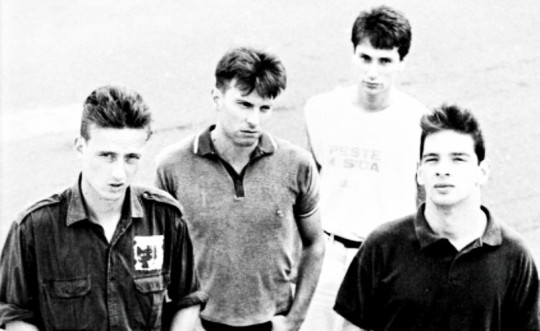
Os Peste & Sida são uma banda de rock portuguesa constituída no Verão de 1986, em Lisboa. A banda era formada por João San Payo (baixo), Luís Varatojo (guitarra) Eduardo Dias (bateria) e João Pedro Almendra que se junta ao grupo para se encarregar das vocalizações; Orlando Cohen entra pouco depois.
Participaram pela primeira vez no 4º Concurso de Música Moderna do Rock Rendez-Vous, mas entretanto conseguiram contrato de gravação com a independente Transmédia e editaram logo de seguida o LP Veneno. Este disco revela uns Peste & Sida próximos da estética Punk em temas como Veneno, Furo na Cabeça, Gingão ou Carraspana.
A capa do disco é uma cópia de London Calling, dos britânicos The Clash.
O som do grupo começa a ultrapassar as fronteiras do Punk e alarga-se a outros géneros como o reggae, o rock e o rap. Esta evolução nota-se no segundo disco, Portem-se Bem, um LP que tem no tema Sol da Caparica, uma versão de um tema americano dos anos 60, o seu maior sucesso. Outros temas são Chuta Cavalo...E Morrerás, a versão do tema popular alentejano Vamos Lá Saindo e Paulinha.
A banda começa a dar muitos espectáculos e faz as primeiras partes dos ingleses P.I.L. (grupo liderado por John Lydon, então Johnny Rotten vocalista dos Sex Pistols).
O Máxi-single Homem da Sorte/Reggaesida, editado em 1989, foi gravado pelo quarteto San Payo, Varatojo, Almendra e Raposo.
Entretanto entra como segundo guitarrista, vindo dos Vómito, Nuno Rafael, ao mesmo tempo que João Pedro Almendra abandona o projeto.
A banda prepara o seu novo trabalho discográfico, estreado em Abril de 1990, com o título Peste & Sida é Que é. Este disco inclui uma versão do tema A Morte Saiu à Rua de José Afonso e outros temas como o apelativo Vamos Ao Trabalho! e Maldição.
Raposo abandona a bateria e para o seu lugar entra Marco, ainda a tempo de participar nas gravações do seguinte álbum do grupo: Eles Andam Aí. Nele se encontram temas como No Meu Tempo Não Era Assim e RFM (Rock Faz Mal), uma crítica à estação de rádio RFM, que se recusou a passar os temas do grupo.
Em 1993 é editado o disco O melhor dos Peste & Sida, um somatório dos dois discos gravados para a editora Polygram.
Para o grupo entram João Cardoso (teclas) e Sérgio Nascimento (bateria), este último a substituir Marco. O grupo, com esta nova formação toca no Terreiro do Paço, em Lisboa, nas comemorações do 25 de Abril e apresenta uma versão de Bully Bull, clássico do rhythm'n'blues que intitulam Bule Bule.
Em 1994 participam no disco e no concerto de homenagem a José Afonso com a sua versão de O Homem da Gaita.
O grupo começa a ter uma actividade paralela sob o nome de Despe & Siga, interpretando versões em português de clássicos do rock. Durante algum tempo existiriam os Peste e os Despe, até que a saída de San Payo (que queria manter os dois grupos) leva à extinção dos Peste & Sida.
No dia 21 de Outubro de 2002, a Universal lançou a compilação A Verdadeira História dos Peste & Sida.
Os Peste & Sida regressaram em força na Primavera de 2004. Um novo disco foi editado com o sugestivo título de Tóxico. A formação da banda é, agora, para além de João Sampayo (voz e baixo), Orlando Cohen (guitarra, voz), João Alves (guitarra, voz) e Marte Ciro (bateria e voz). Orlando Cohen tinha sido, já, membro da banda numa das suas formações anteriores.

2 notes
·
View notes
Text
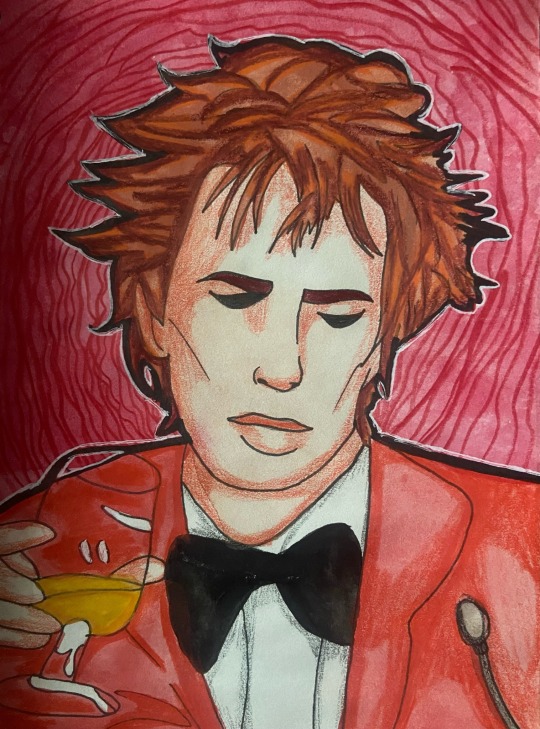
John Lydon 🌹 (art by me)
5 notes
·
View notes
Text
INSIDE THE ARCHIVES: AN INTERVIEW WITH DON LETTS, THE ONE WHO MADE THE BRIDGE BETWEEN PUNK AND REGGAE IN THE LATE 70s
Still sorting out my archival material, this time I came across an interview I conducted with Don Letts on 24th March 2009, that is to say almost 14 years ago to the day. Damn! Time flies… For those who don’t know, Don Letts, 67, is a British film director, DJ and musician of Jamaican descent. In the late 70s, he made the bridge between the burgeoning punk and reggae scenes. This discussion revolves around punk and reggae mostly. A short excerpt of it appears in my book, Vibrations jamaïcaines (Camion Blanc, 2011, p.541, French language), but it has never been fully published until now. Why publishing it now then? Just because punk and reggae are not dead.
JKD: Don, you are known to have introduced reggae music to punks when working as a DJ at the Roxy Club. But the Roxy was a punk-oriented club, so how and why did you decide to play reggae?
Don Letts: I had no choice! This was so early in the punk movement that there wasn’t any punk record to play. So, I played what I loved, dub reggae, and lucky for me the punks loved it too. Although I did slip in a bit of New York Dolls and the Stooges, and the MC5 occasionally.
JKD: So, when you played reggae music, punks loved it, right?
Don Letts: Yeah, they liked it. They liked the bass lines, the anti-establishment stance and the fact that the songs were about something – and they didn’t mind the weed either!
JKD: Do you know other historical fact(s) which allowed punk and reggae cultures to get close together?
Don Letts: Before the “Punk Reggae Party”, there had long been a tradition of white working-class kids getting their rebellious fix/ inspiration from black music – not to mention white musicians. Before punk, it was predominantly American music but by the early 70s, Jamaican music came into the mix.
JKD: What are the common points and contrasts between reggae/ rasta culture and punk culture?
Don Letts: The common thread between the two cultures was the attitude. Like minded rebels whose weapon of choice was music. The difference?... Style and presentation!
JKD: At some stage in the 70s, in London, did punks use to go to reggae clubs and Rastas to punk clubs or not really?
Don Letts: The only punks that went to reggae clubs were the ones I took! Namely the Slits, Joe Strummer and John Lydon. In Fact, I took Joe Strummer to a reggae show at The Hammersmith Palais, which led him to write the song “White Man in Hammersmith Palais”. The only Rastas that went to punk clubs were me and my bredrin’ who also worked at The Roxy.
JKD: Johnny Rotten is said to be the one who took you first to Jamaica. Can you tell me briefly how it happened? Punks in Jamaica in the 70s, it sounds rather atypical, doesn’t it?
Don Letts: After the Sex Pistols broke up, John was looking to escape the paparazzi. So, he went to Jamaica with Richard Branson to help set up Virgin’s reggae label “Front Line”. John asked me to come with him, figuring I was Black so I must have already been there. The truth is the closest I’d been to Jamaica was seeing the film “The Harder They Come” in my local cinema in Brixton. And that’s how I ended up in Jamaica for the first time with Johnny Rotten. It was truly amazing hanging out with the likes of I-Roy, Prince Far I, Lee Perry, Big Youth, U-Roy, the Congos, the Abyssinians, Tapper Zukie etc. In fact, all the reggae greats!
JKD: The Clash are often associated with reggae. What other punk-rock bands were closed to and influenced by reggae music in the 70s?
Don Letts: Other than the Clash, the punk bands that were particularly inspired by reggae were the Slits and P.I.L. (formed by Johnny Rotten, previously known as the singer of Sex Pistols). There might have been others but they are the ones that move me.
JKD: Thanks for sharing your incredible story, Don.
Don Letts: Not at all Jérémie.

Johnny Rotten (left) and Don Letts (right), late 70s. Photo courtesy of Don Letts.
youtube
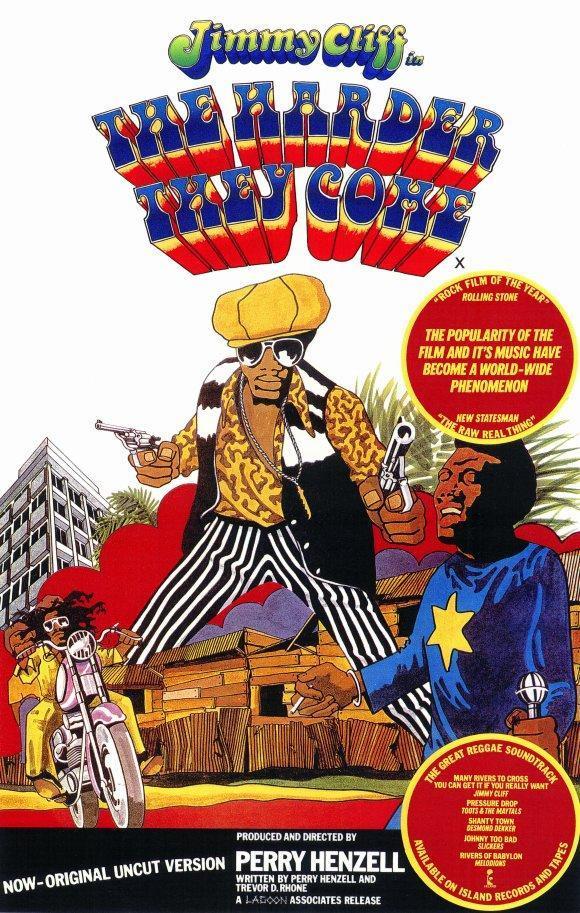
© Interview of Don Letts conducted by JKD on 24th March 2009.
1 note
·
View note
